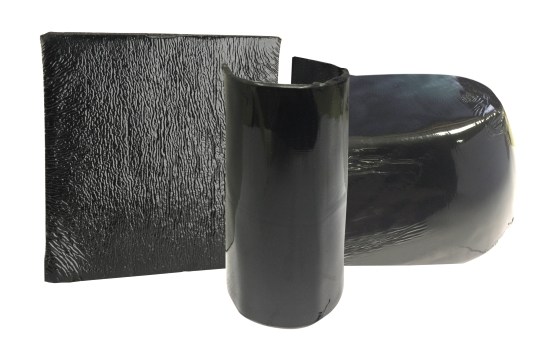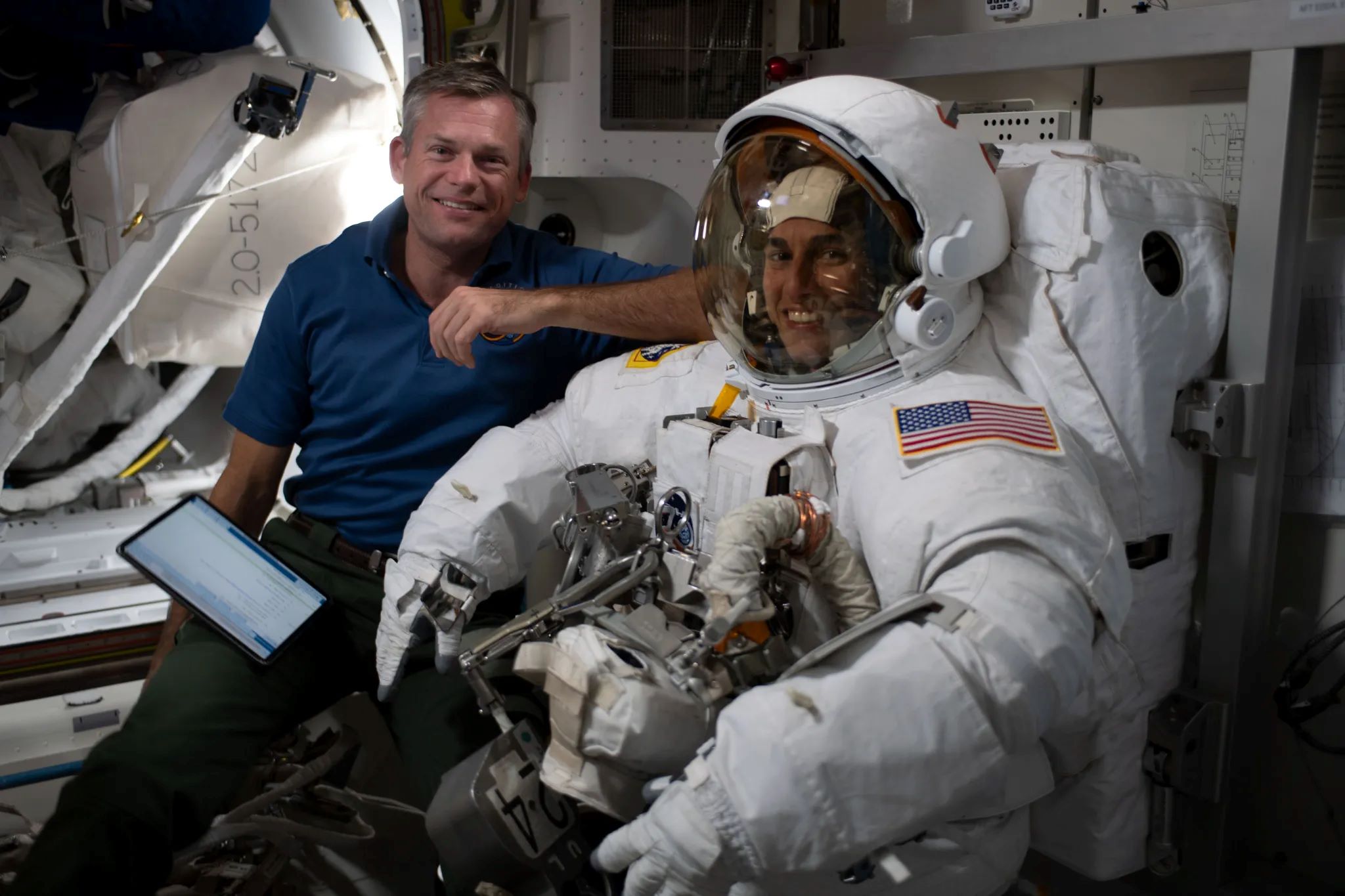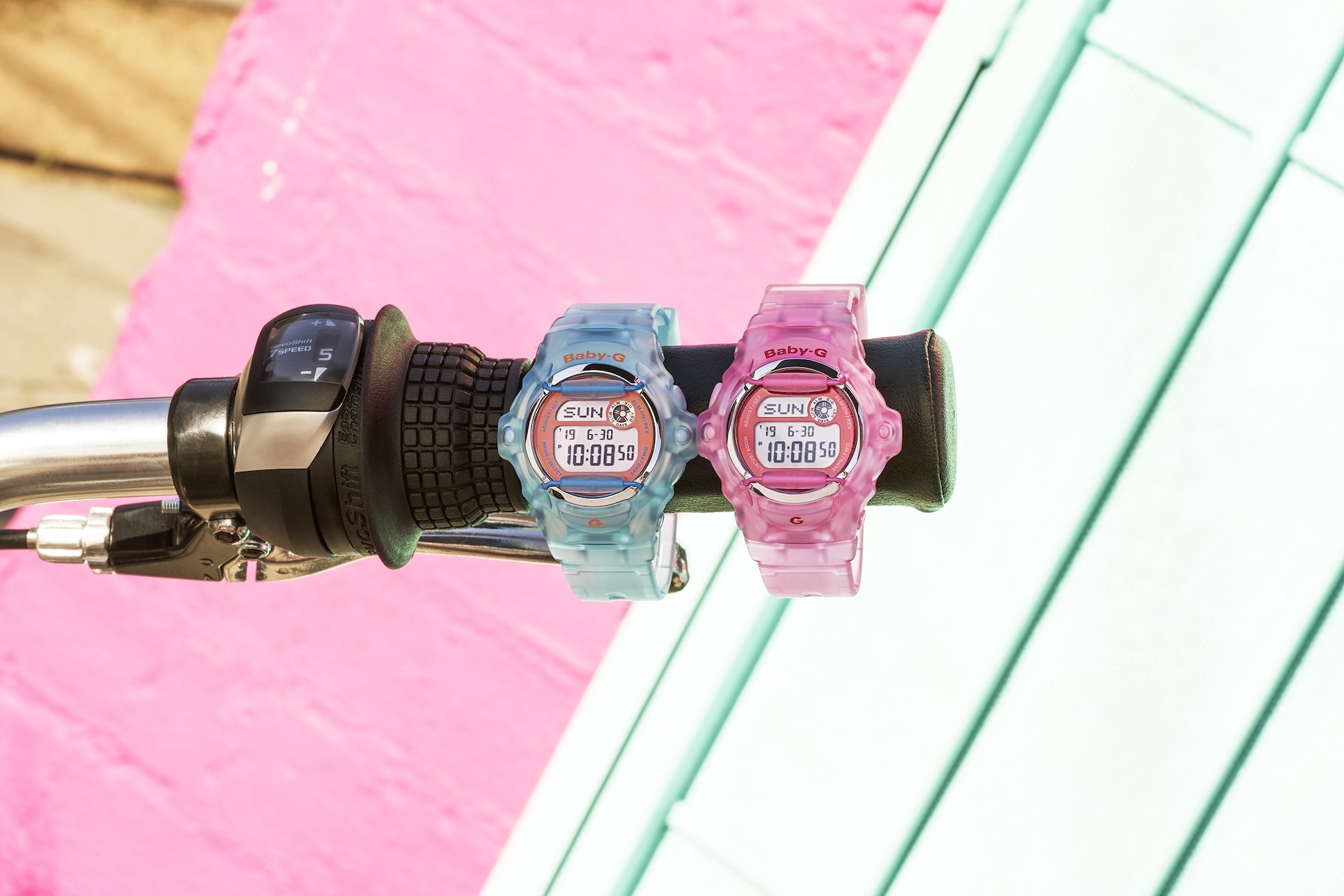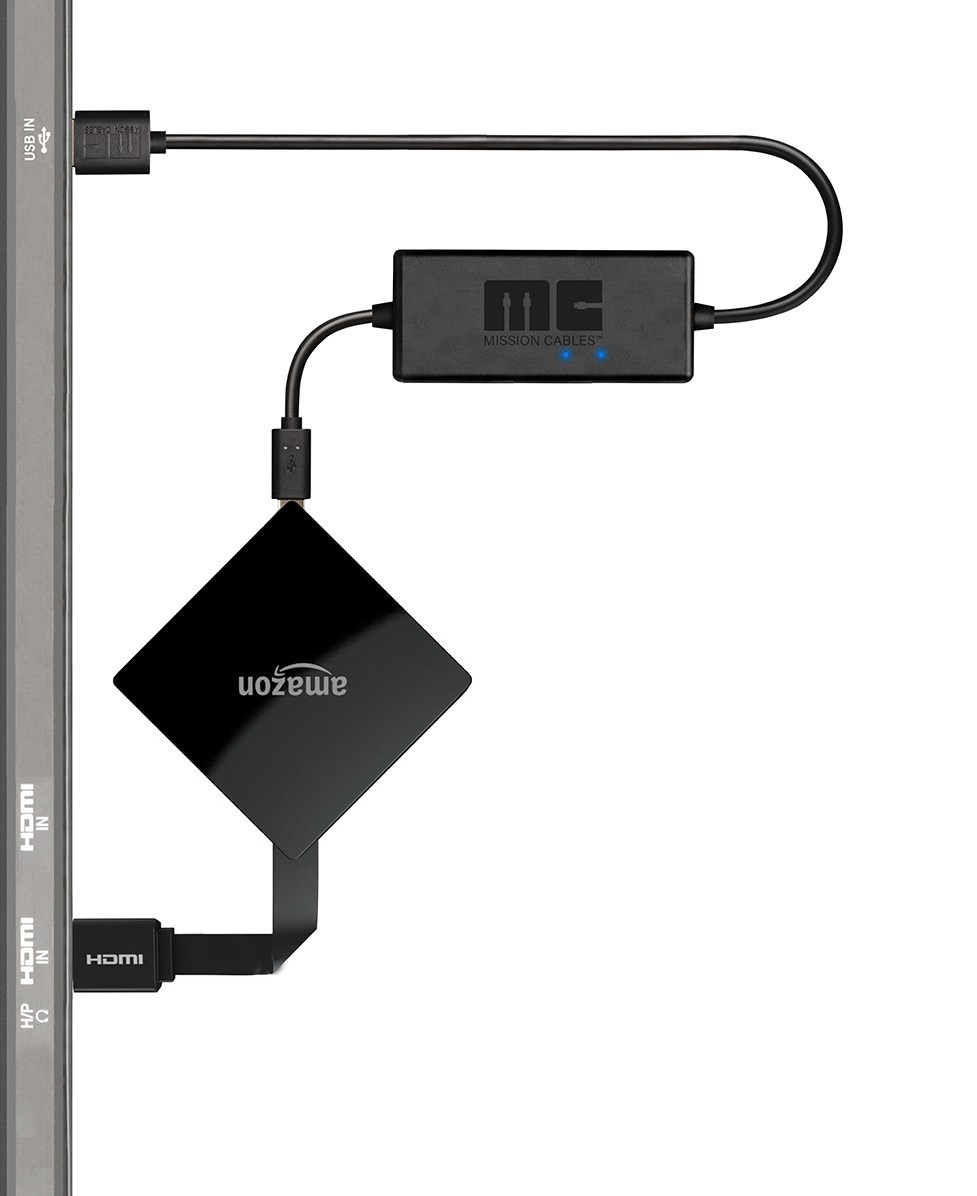Brigade Electronics: Reducing Road Accidents in the Emergency Services Sector
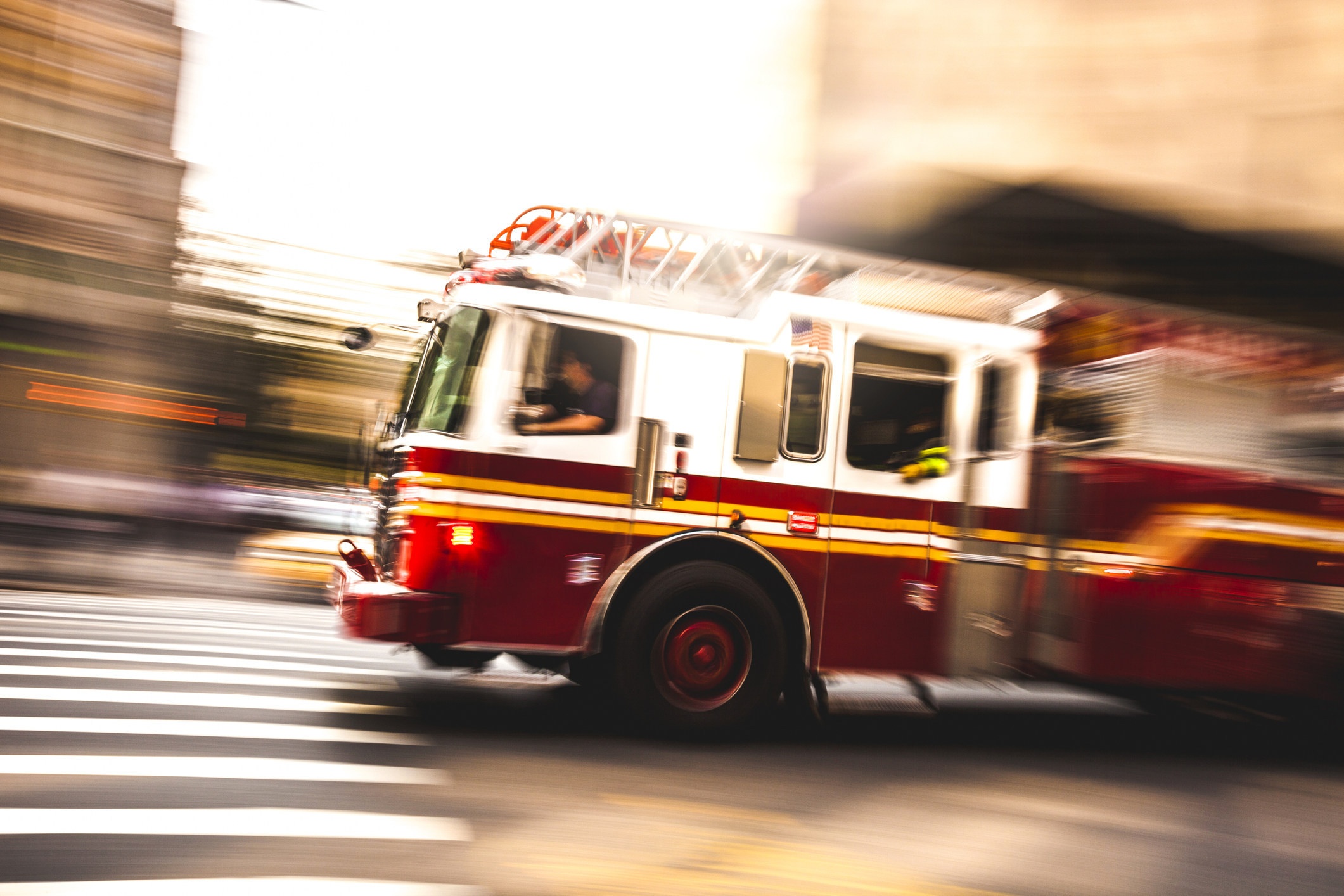
PORTLAND, Indiana, April 16, 2019 /PRNewswire/ — Collisions involving emergency vehicles are a frequent occurrence across the world.
Ambulances, firetrucks and police cars are involved in hundreds of accidents on the road as they respond to emergency situations.
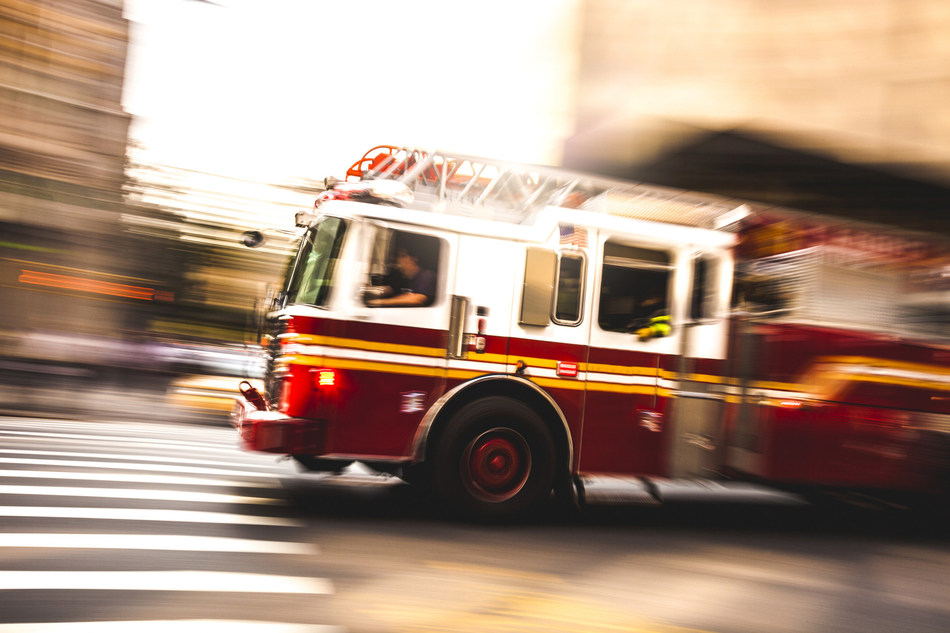
In the US, firetruck accidents are the second leading cause of on-the-job deaths for firefighters, with more than 30,000 collisions causing over 50 deaths. Meanwhile, ambulances are involved in an estimated 6,500 accidents annually, resulting in more than 30 fatalities and 600 injuries.
Emergency service vehicle drivers face a unique set of challenges. Traveling at high speeds while weaving through traffic, maneuvering in tight spaces and operating in dangerous, noisy environments are everyday hazards for emergency responders to navigate. They also encounter adverse weather conditions and night-time call-outs in often high-risk situations.
Technology can help
Incidents can be costly and distressing for all involved, yet many could be avoided if organizations invested in the use of readily-available vehicle safety systems. Much of this technology can be retro-fitted to vehicles, giving emergency service operators instant results.
Safety camera systems
Retro-fitting vehicles with safety camera monitor systems, such as Brigade Electronics’ best-selling Backeye®360, allows drivers to keep a close eye on blind spots at the back and sides of their vehicle so they can instantly see other vehicles, cyclists or pedestrians.
This intelligent four-camera technology is designed to eliminate vehicle blind spots and assist maneuverability in challenging situations by providing the driver with a complete 360-degree view of their vehicle in a single image. The system combines images from four ultra-wide-angle cameras, providing a real-time view on the driver’s monitor. The result is a ‘bird’s-eye-view’ of the vehicle and surrounding area.
Radar Obstacle Detection
Radar obstacle detection technology can detect stationary and moving objects even in the harshest of environments. It gives the driver an audible and visible warning when objects are within a certain distance.
Heavy duty and able to operate even in high or low temperatures, radar obstacle detection is also waterproof and smoke resistant, and can be easily heard in noisy environments.
Mobile recording
When camera systems are linked to a mobile digital recording set-up (MDR), the recorded footage can provide irrefutable evidence in the event of a collision, or any kind of incident, such as vandalism or theft from a vehicle.
One major benefit of an MDR is its ability to support drivers who can often be the subject of increased scrutiny after an incident. The latest MDR systems, such as Brigade’s, also have Wi-Fi and/or 4G connectivity, meaning that data can be live-streamed remotely with real time GPS tracking.
Smart Reversing Alarms
Warning alarms are audible devices to alert pedestrians and workers when a vehicle is maneuvering. Unlike traditional ‘beep beep’ tonal alarms, which can be almost impossible to pinpoint, the latest technology creates a ‘ssh-ssh’ sound and uses smart technology to adjust sound levels in line with the ambient noise in the immediate vicinity. Utilizing a wide range of frequencies, smart reversing alarms also enable the listener to instantly locate what direction the sound is coming from. In adverse conditions, for example a noisy construction site, the warning decibel level will continually adjust 5-10 decibels above the ambient noise.

